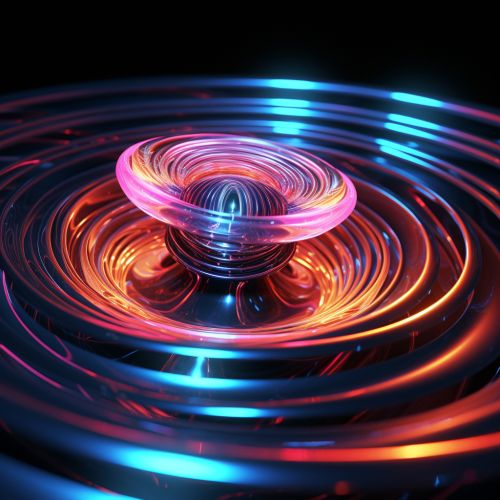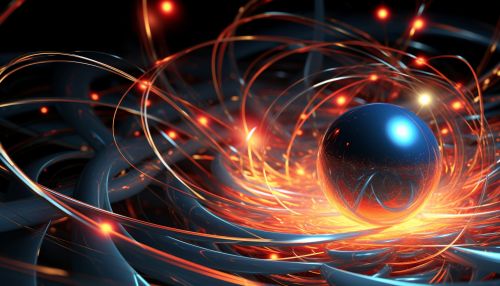Quantum Squeezing
Introduction
Quantum squeezing is a phenomenon in quantum mechanics where the uncertainty in the measurement of two conjugate variables, such as position and momentum, or two orthogonal components of an electromagnetic field, can be manipulated. This is a direct consequence of the Heisenberg uncertainty principle, which states that the product of the uncertainties in the measurement of these pairs of variables cannot be less than a certain minimum value.


Quantum Squeezing and Uncertainty Principle
In quantum mechanics, the Heisenberg uncertainty principle establishes a fundamental limit to the precision with which certain pairs of physical properties can be simultaneously known. This principle is not a statement about the limitations of measurement, but rather about the nature of the quantum system itself.
Quantum squeezing is a process that allows for the reduction of uncertainty in one of these conjugate variables at the expense of increasing the uncertainty in the other. This is achieved by manipulating the quantum state of the system, often through the use of non-linear media or interactions.
Quantum States and Squeezing
A quantum state is a mathematical entity that provides a probability distribution for the outcomes of each possible measurement on a system. Quantum states can be changed or manipulated through various processes, one of which is quantum squeezing.
Squeezed states of light are a family of quantum states that have been manipulated in such a way that they have reduced noise, or uncertainty, in one of the quadrature components. These states are of significant interest in quantum information science and quantum optics, as they allow for more precise measurements and improved information processing capabilities.
Generation of Squeezed States
Squeezed states can be generated through various methods, including parametric down-conversion, four-wave mixing, and the use of non-linear crystals. These methods involve the interaction of light with a non-linear medium, which results in the creation of a squeezed state.
Parametric down-conversion is a process in which a photon, typically from a laser, is converted into a pair of lower-energy photons. This process can be used to generate squeezed states of light, as the resulting photons are entangled and exhibit correlations that allow for the reduction of noise in one of the quadrature components.
Four-wave mixing is another process used to generate squeezed states. This process involves the interaction of three waves within a non-linear medium, resulting in the generation of a fourth wave. This fourth wave can be in a squeezed state, with reduced noise in one of the quadrature components.
Applications of Quantum Squeezing
Quantum squeezing has a wide range of applications in various fields of physics and engineering. These include quantum information science, quantum optics, and gravitational wave detection.
In quantum information science, squeezed states can be used to improve the precision of quantum measurements, allowing for more accurate information processing and transmission. This has potential applications in quantum computing and quantum communication.
In quantum optics, squeezed states can be used to reduce the noise in optical measurements, improving the sensitivity of optical devices and systems. This can be particularly useful in precision measurement applications, such as interferometry and spectroscopy.
In gravitational wave detection, squeezed states can be used to improve the sensitivity of gravitational wave detectors, such as the Laser Interferometer Gravitational-Wave Observatory (LIGO). By reducing the noise in the measurements, the detection of gravitational waves can be made more precise and reliable.
Conclusion
Quantum squeezing is a fascinating and important phenomenon in quantum mechanics, with wide-ranging applications in various fields of physics and engineering. By manipulating the quantum state of a system, it is possible to reduce the uncertainty in the measurement of one variable, at the expense of increasing the uncertainty in the conjugate variable. This allows for more precise measurements and improved information processing capabilities, opening up new possibilities in quantum information science, quantum optics, and gravitational wave detection.
